Silver sulfadiazine
Synonym(s):Silver sulfadiazine;Silver(I) sulfadiazine;Sulfadiazine silver
- CAS NO.:22199-08-2
- Empirical Formula: C10H9AgN4O2S
- Molecular Weight: 357.14
- MDL number: MFCD00072101
- EINECS: 244-834-5
- SAFETY DATA SHEET (SDS)
- Update Date: 2025-10-29 15:43:00
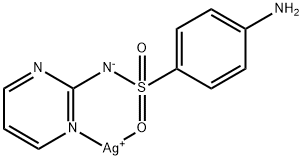
What is Silver sulfadiazine?
Absorption
Very limited penetration through the skin. Only when applied to very large area burns is absorption into the body generally an issue.
Toxicity
Acute oral toxicity (LD50) in rat is 10001 mg/kg.
Chemical properties
solid
The Uses of Silver sulfadiazine
Silver(I) sulfadiazine (AgSD) is popularly used for treating second-degree burn wounds as it acts as an antimicrobial agent and prevents infections. Silver sulfadiazine-impregnated polyurethane (PU) foam, chitosan/chondroitin sulfate films may be used for wound dressing.
The Uses of Silver sulfadiazine
Coordination compound. Antibacterial
The Uses of Silver sulfadiazine
Indicated as an adjunct for the prevention and treatment of wound sepsis in patients with second- and third-degree burns.
Background
Silver sulfadiazine is a sulfa derivative topical antibacterial used primarily on second- and third-degree burns.
Indications
Indicated as an adjunct for the prevention and treatment of wound sepsis in patients with second- and third-degree burns.
What are the applications of Application
Sulfadiazine Silver Salt is An antibacterial
Indications
Silver sulfadiazine (Silvadene, SSD) is a synthetic agent that combines the beneficial
properties of silver nitrate and sulfonamides. It acts upon the cell membrane and cell
wall. It is used primarily as an adjunct in the prevention and treatment of wound
sepsis in patients with second- and third-degree burns and for wound care of chronic
ulcers. It is bactericidal against many gram-positive and gram-negative bacteria as
well as C. albicans and is reasonably effective against P. aeruginosa and S. aureus.
Bacteria susceptible to sulfadiazine but resistant to silver nitrate, as well as those
sensitive to silver nitrate but resistant to sulfadiazine, have shown good response
to silver sulfadiazine. It does not stain, is unlikely to produce electrolyte imbalance,
and does not cause systemic acidosis. Some patients note a stinging sensation on
application, and because this compound can be absorbed, systemic sulfonamide
reactions similar to those caused by sulfonamides may occur.
Definition
ChEBI: Silver(1+) sulfadiazinate is a silver salt, a sulfonamidate and a member of pyrimidines. It has a role as an antimicrobial agent and an antibacterial drug. It contains a sulfadiazinate.
Pharmaceutical Applications
Silver sulfadiazine is extremely insoluble. In addition to the
usual activity of sulfonamides it exhibits activity – almost certainly
attributable to the silver component – against Ps. aeruginosa
and some fungi.
It is variably absorbed after topical application depending
on the integrity of the skin. Toxic concentrations may
be achieved in patients with extensive burns. It is used topically,
mainly for burns, pressure sores and leg ulcers. Central
venous catheters impregnated with chlorhexidine and silver
sulfadiazine have been developed to reduce bacterial colonization.
Other suggested uses include the prevention of
infection in skin graft donor sites and cord care in newborn
infants.
Pharmaceutical Applications
Silver sulfadiazine is indicated for the prophylaxis and treatment of infections in burn wounds. Silver sulfadiazine
is highly insoluble in water, and as a result, it does not cause hypochloraemia in burns in contrast to
silver nitrate.
The active ingredient silver sulfadiazine is a sulfur-derived topical antibacterial used primarily on secondand
third-degree burns. It is known to be active against many Gram-negative and Gram-positive bacteria as
well as against yeast. The cream is kept applied to the burned skin at all times for the duration of the healing
period or until a graft is applied. It prevents the growth of a wide array of bacteria, as well as yeast, on the
damaged skin. Caution has to be given to large-area application as sulfadiazine levels in the plasma may well
reach therapeutic levels that can cause side effects.
Pharmacokinetics
Silver sulfadiazine has broad antimicrobial activity. It is bactericidal for many gram- negative and gram-positive bacteria as well as being effective against yeast. Silver sulfadiazine is not a carbonic anhydrase inhibitor and may be useful in situations where such agents are contraindicated.
Clinical Use
The silver salt of sulfadiazine applied in a water-misciblecream base has proved to be an effective topical antimicrobialagent, especially against Pseudomonas spp. This is particularlysignificant in burn therapy because pseudomonadsare often responsible for failures in therapy. The salt is onlyslightly soluble and does not penetrate the cell wall butacts on the external cell structure. Studies using radioactivesilver have shown essentially no absorption into body fluids.Sulfadiazine levels in the serum were about 0.5 to2 mg/100 mL.
This preparation is reported to be easier to use thanother standard burn treatments, such as application offreshly prepared dilute silver nitrate solutions or mafenideointment.
Veterinary Drugs and Treatments
Silver sulfadiazine cream is a broad spectrum agent which covers bacteria (gram positive and negative) and fungal agents. It has been used extensively in people suffering from skin burns. It is nontoxic to the skin, conjunctiva and cornea and has been used in the last several years for cases of fungal keratitis. Particularly good results have been noted in cases of superficial keratitis prior to development of advanced disease. Clinical response is better when used early in the course of the disease. Treatment with silver sulfadiazine is considered non-conventional in people. It is gaining in popularity in the treatment of equine fungal keratitis by veterinary ophthalmologists. For medico-legal reasons, in very expensive horses in which litigation may be an issue, treatment with more conventional therapy (natamycin) may be indicated first, or consideration can be given to signed consent regarding treatment with silver sulfadiazine. The initial response to this drug has been promising, however.
Veterinary Drugs and Treatments
Topical silver sulfadiazine (SSD) is used topically for prophylaxis and treatment of 2nd and 3rd degree burns. It is also useful in treating localized
pyodermas caused by Pseudomonas spp.
SSD has extensive antimicrobial activity and is bactericidal for yeasts and many gram-negative and gram-positive bacteria. SSD acts via
disrupting microbial cell membranes and cell walls; this differs from the antibacterial actions of silver nitrate or sodium sulfadiazine.
Metabolism
Not Available
Properties of Silver sulfadiazine
| Melting point: | 285 °C (dec.)(lit.) |
| storage temp. | Keep in dark place,Inert atmosphere,Room temperature |
| solubility | DMSO (Slightly, Heated), Methanol (Slightly) |
| form | powder |
| color | White to Off-White |
| Merck | 14,8903 |
| Stability: | Stable. Incompatible with strong oxidizing agents. |
| CAS DataBase Reference | 22199-08-2(CAS DataBase Reference) |
Safety information for Silver sulfadiazine
| Signal word | Warning |
| Pictogram(s) |
 Exclamation Mark Irritant GHS07 |
| GHS Hazard Statements |
H315:Skin corrosion/irritation H319:Serious eye damage/eye irritation |
| Precautionary Statement Codes |
P280:Wear protective gloves/protective clothing/eye protection/face protection. P302+P352:IF ON SKIN: wash with plenty of soap and water. P305+P351+P338:IF IN EYES: Rinse cautiously with water for several minutes. Remove contact lenses, if present and easy to do. Continuerinsing. P332+P313:IF SKIN irritation occurs: Get medical advice/attention. P337+P313:IF eye irritation persists: Get medical advice/attention. |
Computed Descriptors for Silver sulfadiazine
| InChIKey | UEJSSZHHYBHCEL-UHFFFAOYSA-N |
Silver sulfadiazine manufacturer
Bazayan & Co.
New Products
4,4-Difluoropiperidine hydrochloride tert-butyl 9-methoxy-3-azaspiro[5.5]undecane-3-carboxylate Indole Methyl Resin N-Isopropylurea N,N-Dicyclohexylcarbodiimide(DCC) MELDRUMS ACID 5-METHYLISOXAZOLE-4-CARBOXYLIC ACID Magnessium Bis glycinate Zinc ascorbate 1-bromo-2-butyne 2-acetamidophenol 9(10H)-anthracenone Erythrosin B, 4-Piperidinopiperidine 2-((4-morpholinophenylamino) (methylthio) methylene) malononitrile 2,4-dihydroxybenzaldehyde 3-(4-morpholinophenylamino)-5-amino-1H-pyrazole-4-carbonitrile Methyl 2-methylquinoline-6-carboxylate 2,6-dichloro-4-nitropyridine 4-Bromo-2-chlorobenzonitrile 2-(benzylamino)acetic acid hydrochloride 4-(tert-Butoxycarbonylamino)but- 2-ynoic acid 3,4-dihydro-2H-benzo[b][1,4]dioxepine 1-Phenyl-1-cycloprppanecarboxylicacidRelated products of tetrahydrofuran

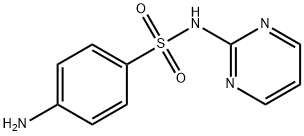

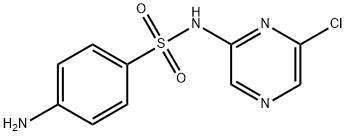

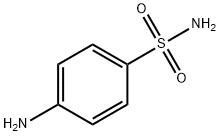


You may like
-
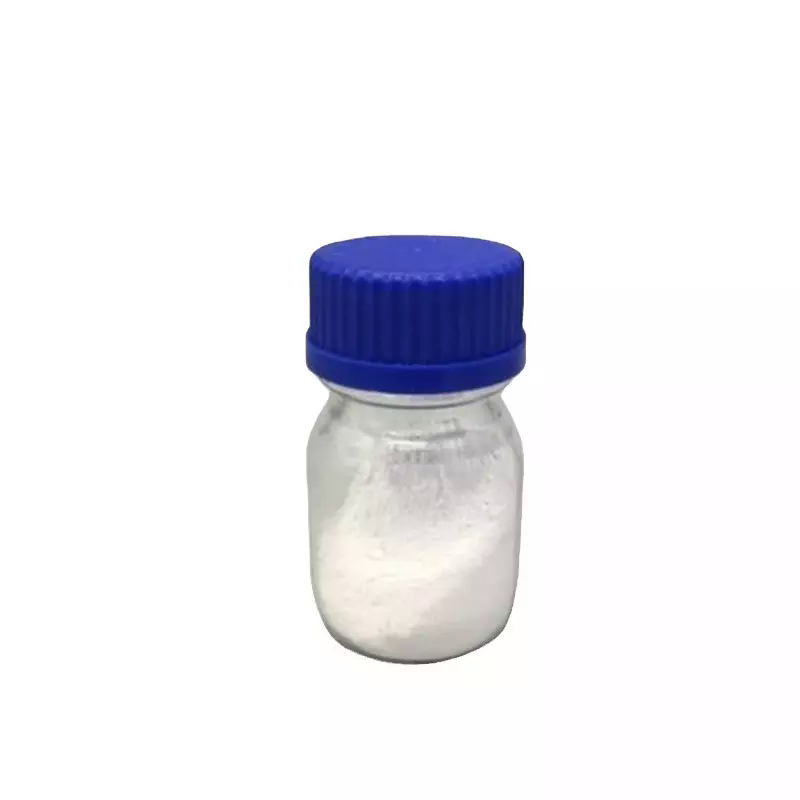 Sulfadiazine silver salt 99%View Details
Sulfadiazine silver salt 99%View Details -
 Sulfadiazine silver salt 22199-08-2 98%View Details
Sulfadiazine silver salt 22199-08-2 98%View Details
22199-08-2 -
 Silver sulfadiazine 95% CAS 22199-08-2View Details
Silver sulfadiazine 95% CAS 22199-08-2View Details
22199-08-2 -
 Silver Sulfadiazine ExiPlus CAS 22199-08-2View Details
Silver Sulfadiazine ExiPlus CAS 22199-08-2View Details
22199-08-2 -
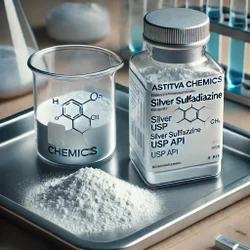 Silver Sulfadiazine USP, 99% PureView Details
Silver Sulfadiazine USP, 99% PureView Details
22199-08-2 -
 Silver Sulfadiazine (CAS Number: 22199-08-2)View Details
Silver Sulfadiazine (CAS Number: 22199-08-2)View Details
22199-08-2 -
 Silver sulfadiazine USPView Details
Silver sulfadiazine USPView Details
22199-08-2 -
 Silver Sulfadiazine IP/USPView Details
Silver Sulfadiazine IP/USPView Details
22199-08-2
